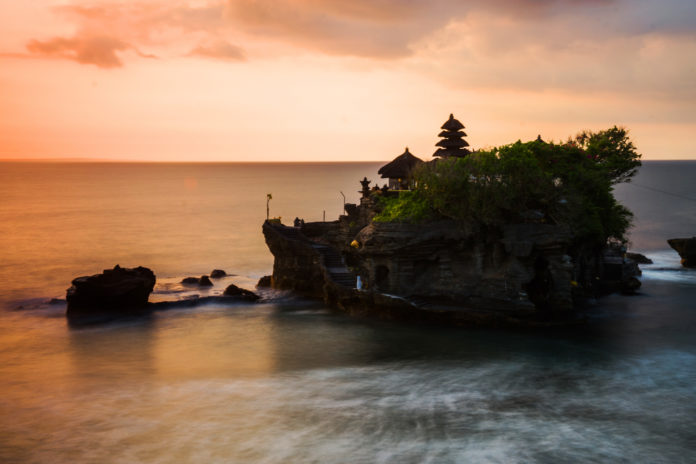Bali’s tourism industry faced substantial challenges last year, particularly because of increased activity from the Mount Agung volcano.
Despite the stranding and evacuation of thousands of Chinese tourists in November and December, the island’s tourism industry fared quite well.
According to statistics from the Bali Provincial Government, Chinese tourists, in particular, drove growth, surpassing Australian tourists to become Bali’s biggest tourism source market, Jingtravel.com reported.
Since 2015, Bali’s tourism numbers have grown exponentially. 2015 saw 4,001,835 foreign tourists. In comparison, 2017 saw a whopping 5,697,739 foreign tourists, representing growth of 42% in just two years.
China has easily been the biggest source of overall growth in foreign tourist arrivals. The number of Chinese tourists grew by 20.1% in 2016 and by 24.3% in 2017 to reach a total of 1,385,850 tourists last year.
On the other hand, Bali’s traditional primary tourist source market, Australia, has been sending fewer tourists. While still an important market with 1,094,974 tourists in 2017, this nonetheless represents a drop of around 4% compared to 2016. This firmly places China as Bali’s most significant source market and represents a historic shift for the island and its tourism industry.
Indonesia represents a good quality “budget” destination for Chinese tourists. Flights to Indonesia from China are relatively cheap and cost of accommodation and transportation are also quite low, even compared to China.
With a growing number of Chinese tourists going abroad, Indonesia is primed to be one of the biggest beneficiaries of this major shift in the global tourism market. The country’s visa-exempt agreement with China does not hurt either.
Still, this rapid growth in tourism does not come without substantial costs, the most obvious being environmental.
The rapid rise of tourism to Bali has given both the Bali government and the national government little opportunity to plan ahead. Last year, the Indonesian government under President Joko Widodo announced a new initiative to create “10 Balis” around the country by improving transportation infrastructure to facilitate growth.
While ostensibly the plan is to boost Indonesia’s tourism industry, it may also ease some of the pressure of tourism upon Bali by providing alternative destinations.


